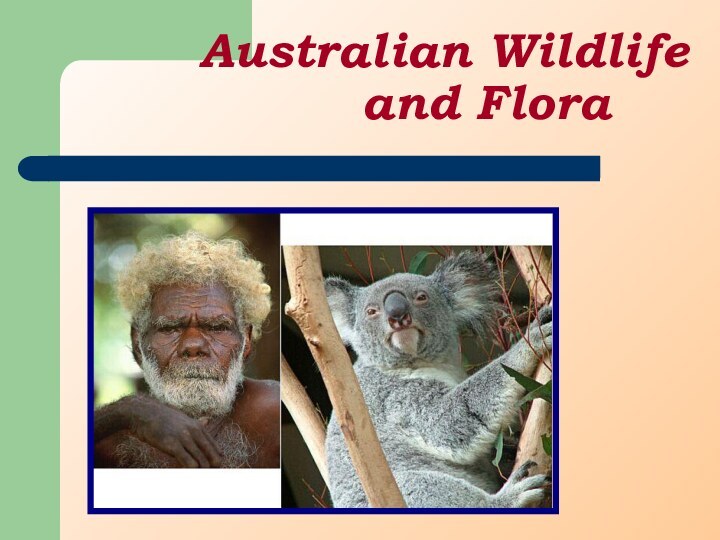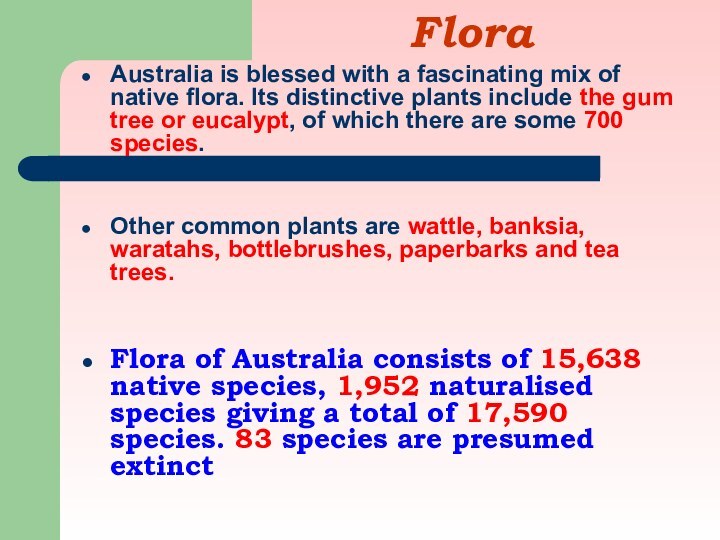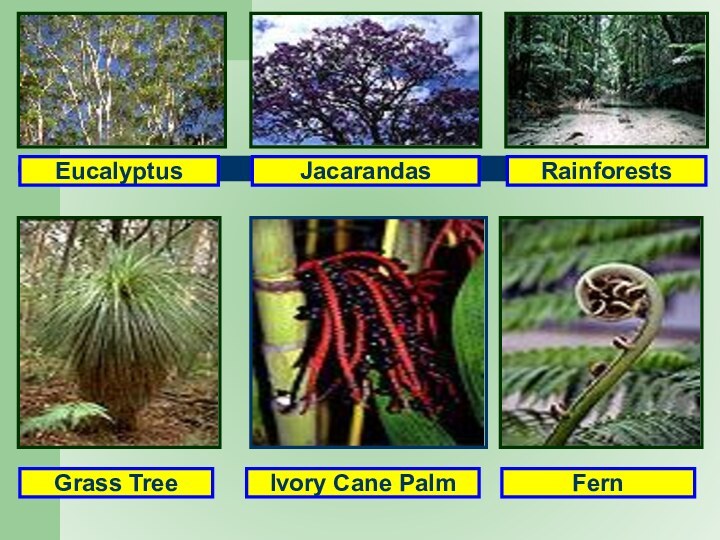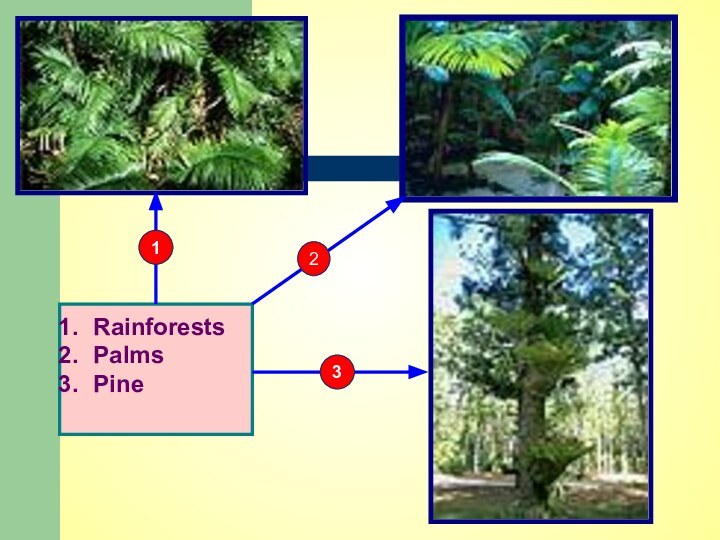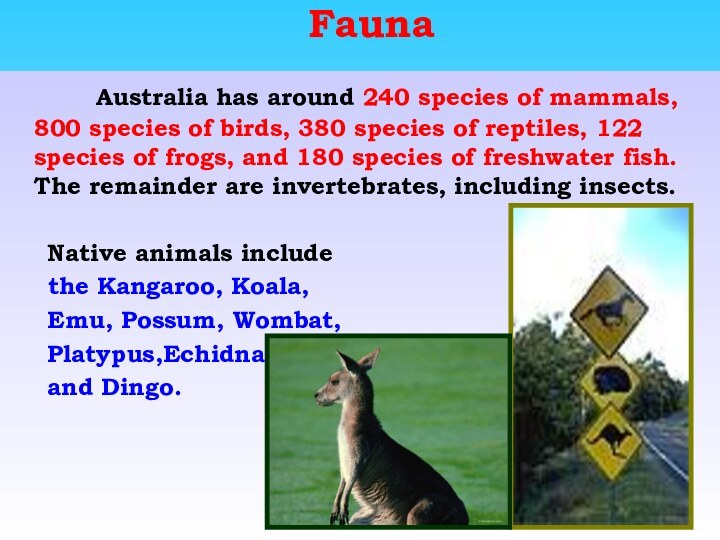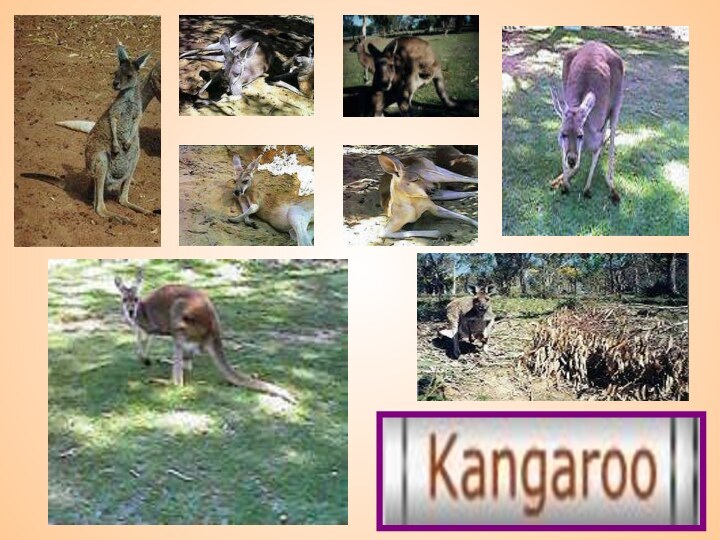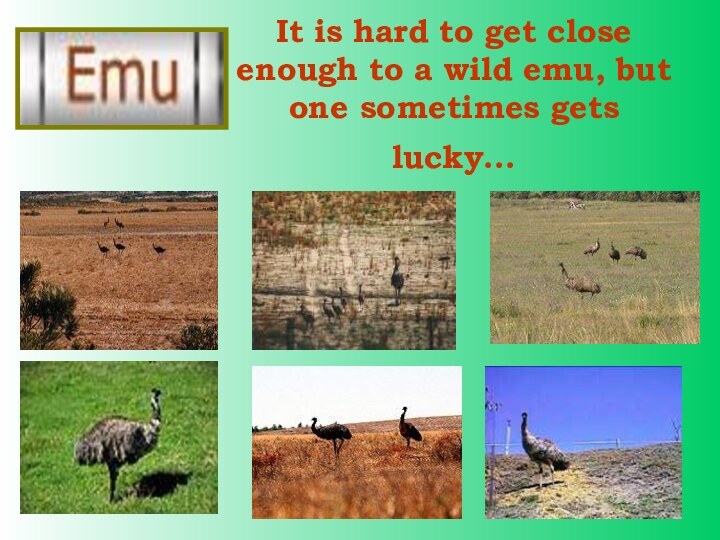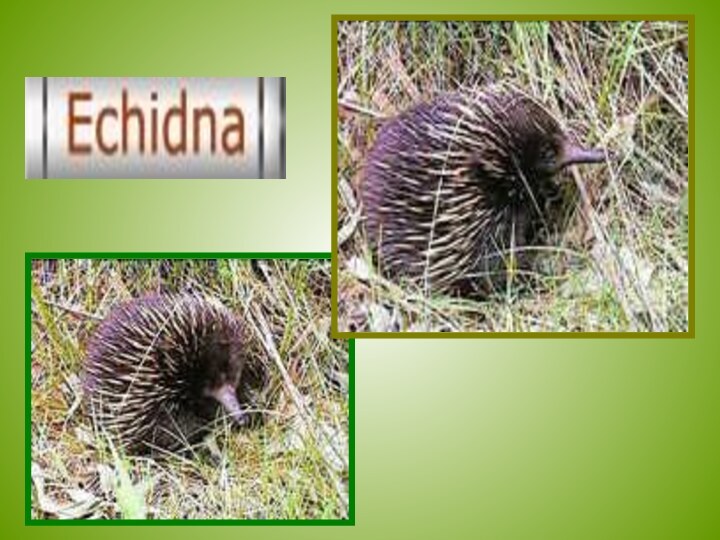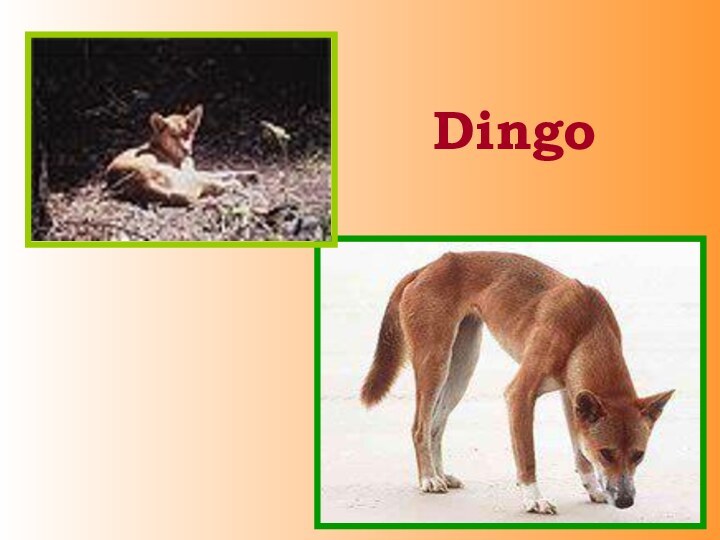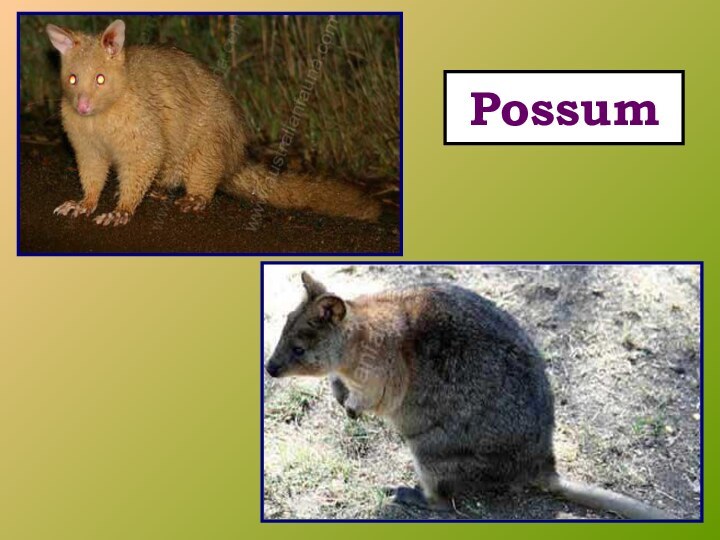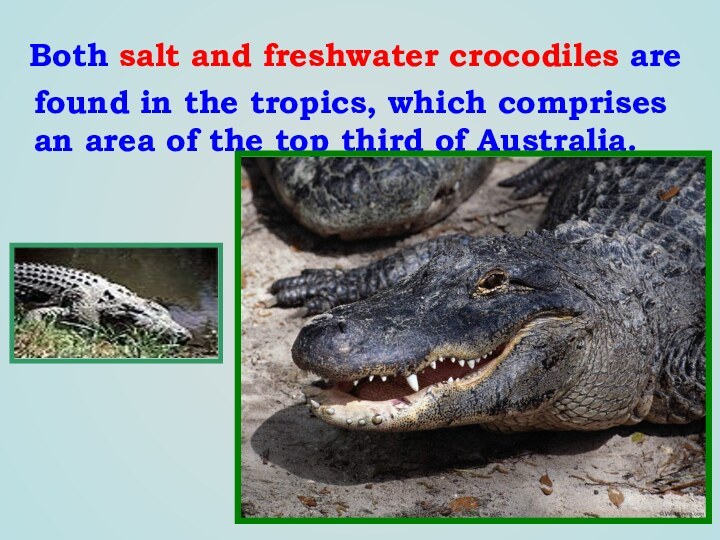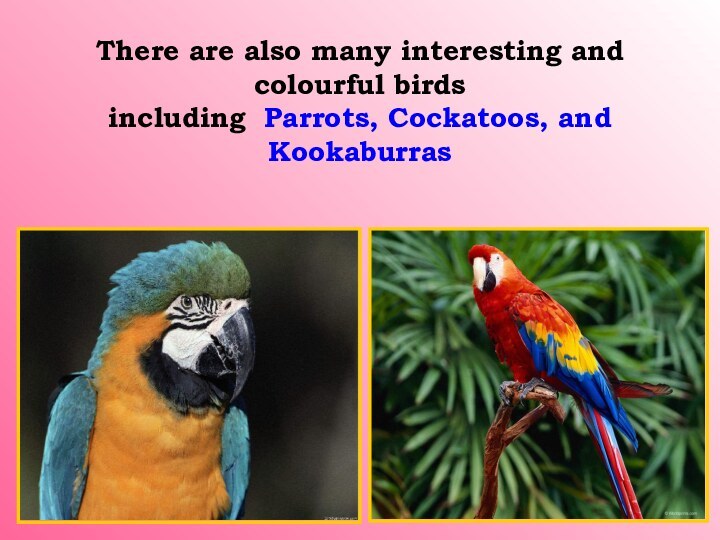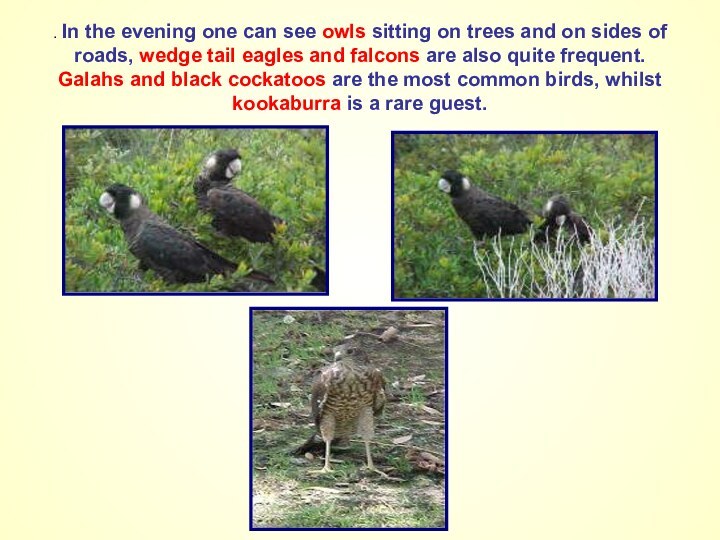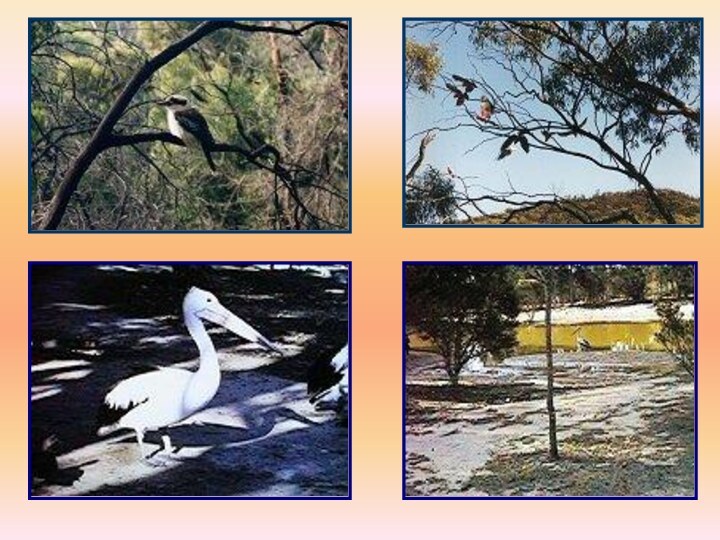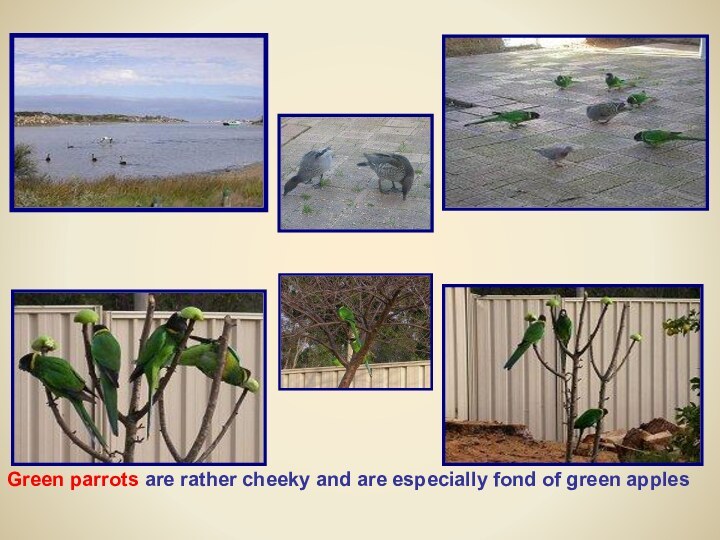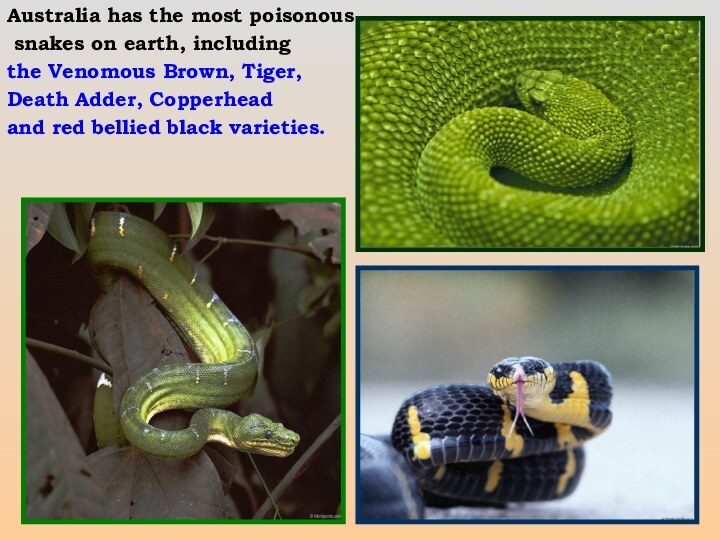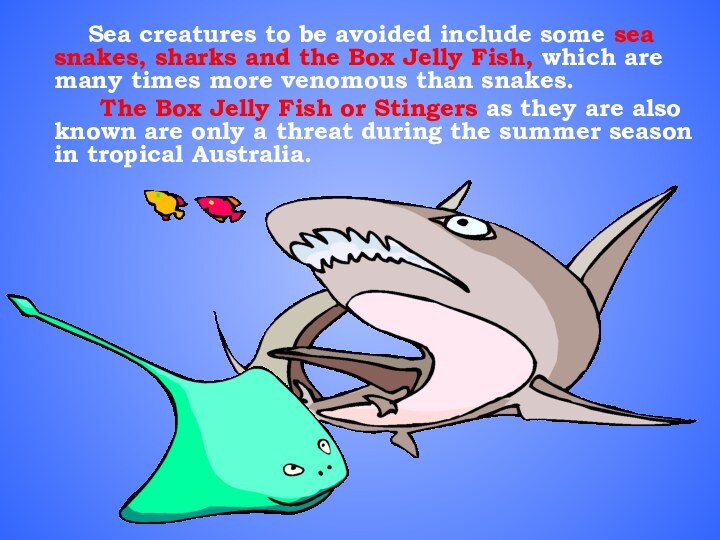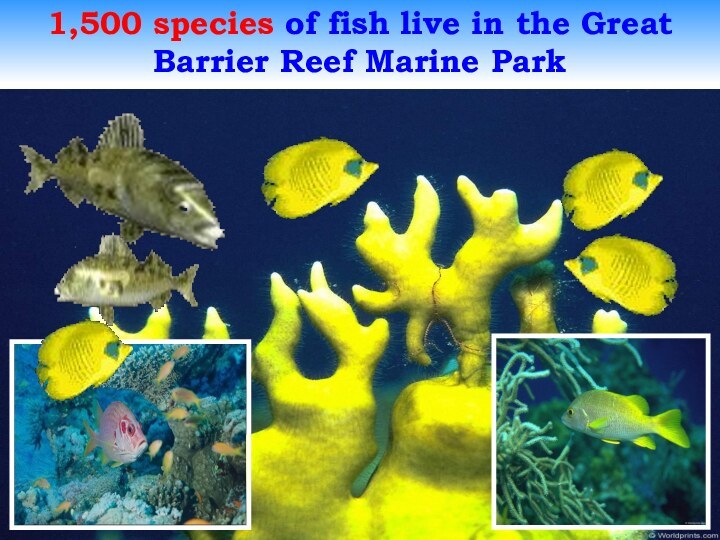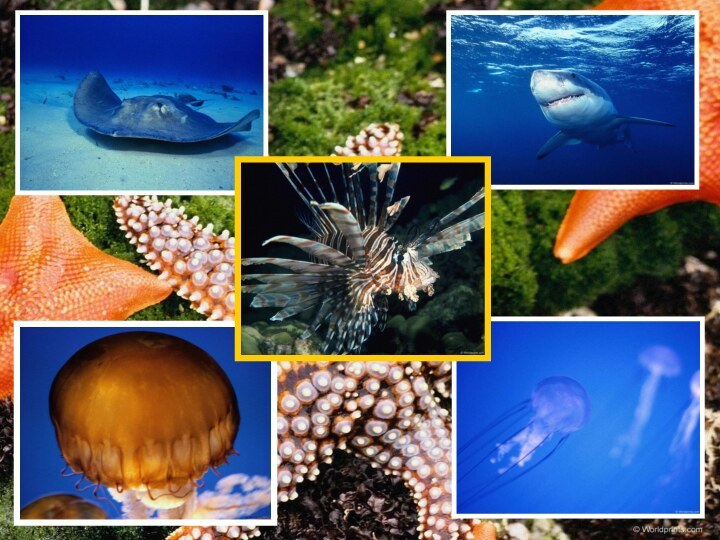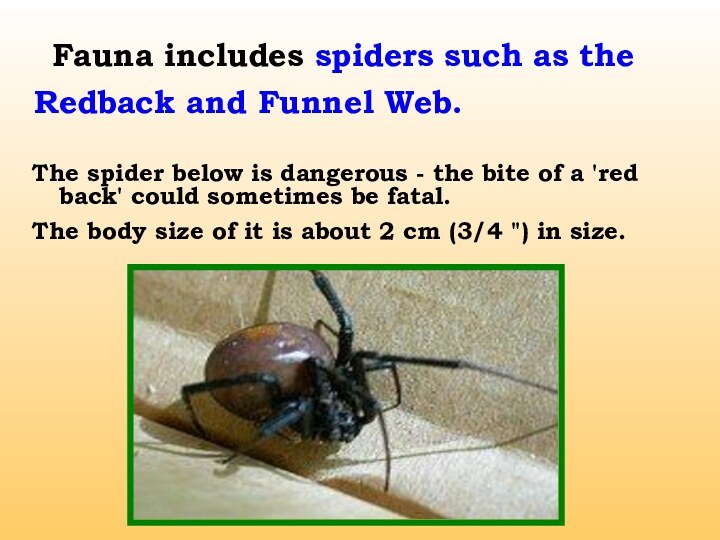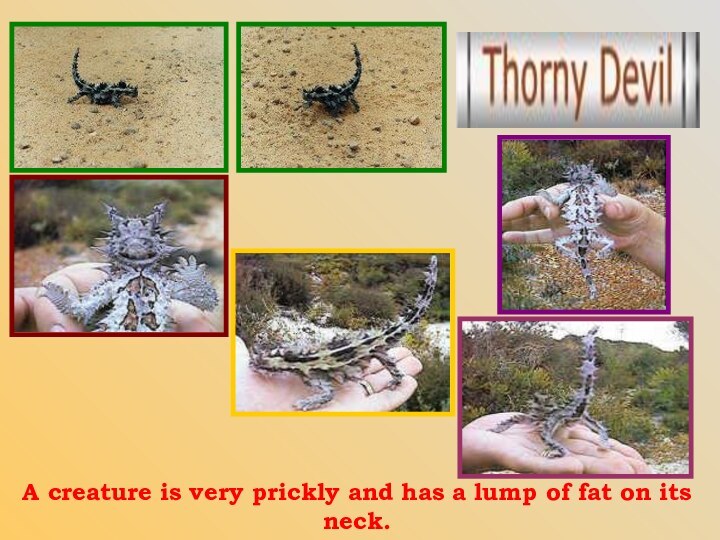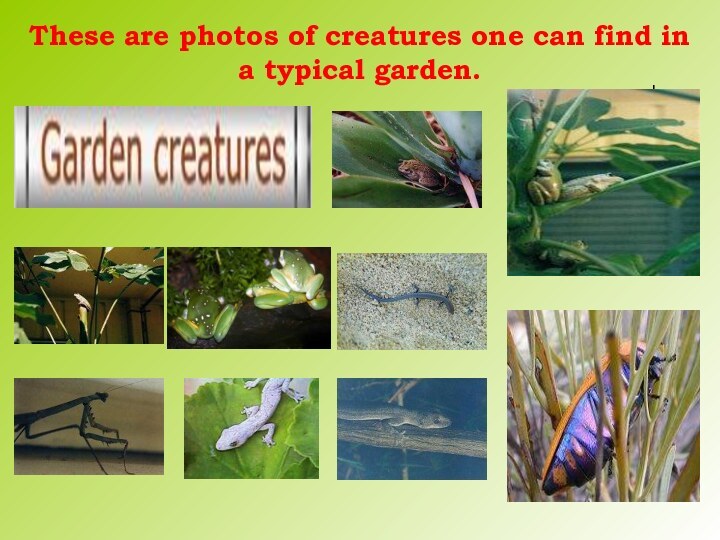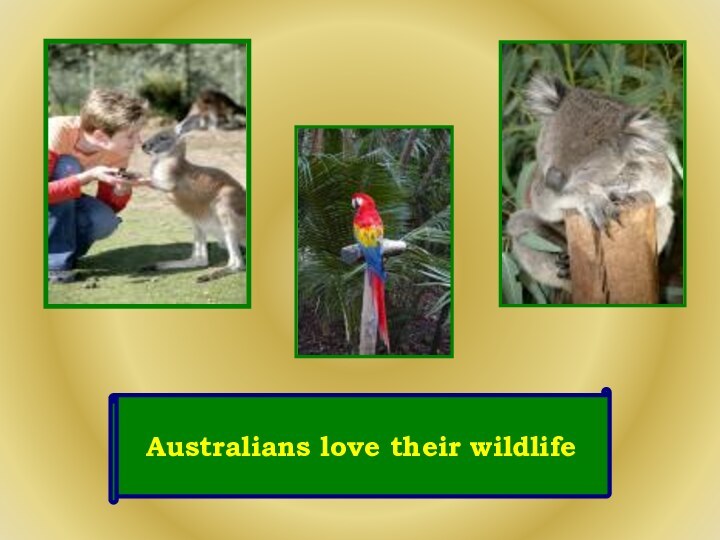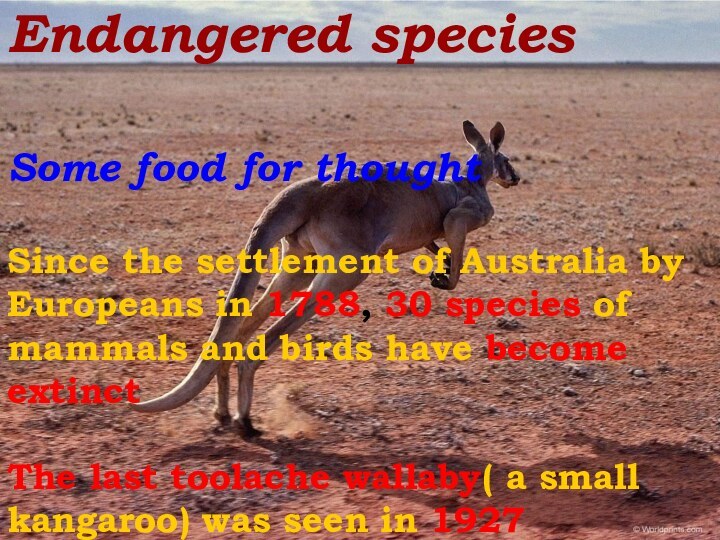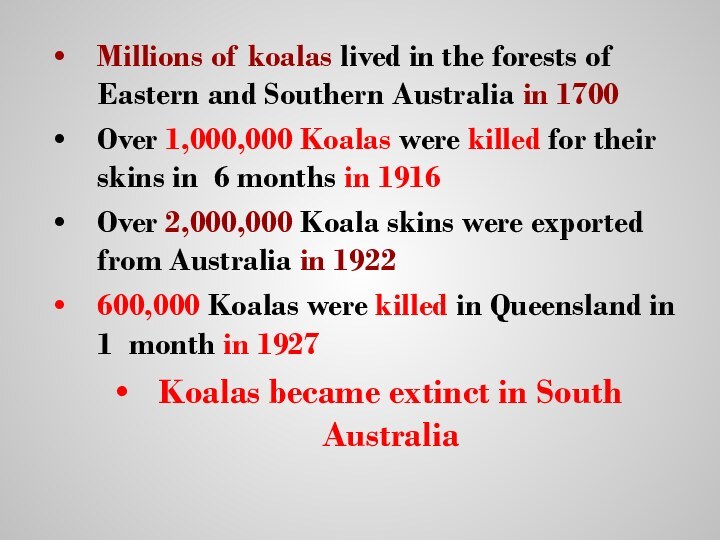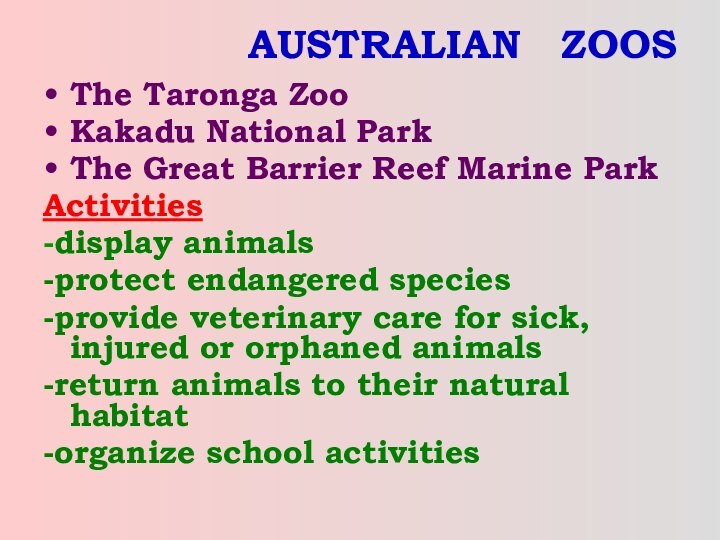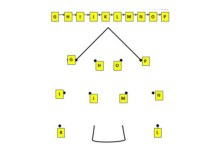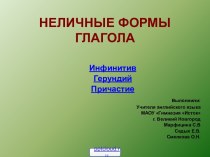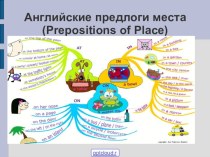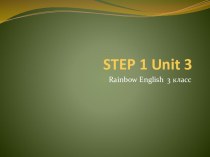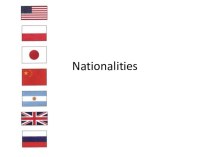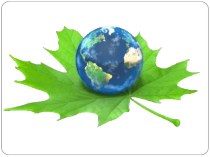Слайд 2
Flora
Australia is blessed with a fascinating mix
of native flora. Its distinctive plants include the gum
tree or eucalypt, of which there are some 700 species.
Other common plants are wattle, banksia, waratahs, bottlebrushes, paperbarks and tea trees.
Flora of Australia consists of 15,638 native species, 1,952 naturalised species giving a total of 17,590 species. 83 species are presumed extinct
Слайд 3
Eucalyptus
Jacarandas
Rainforests
Grass Tree
Ivory Cane Palm
Fern
Слайд 5
Fauna
Australia
has around 240 species of mammals, 800 species of
birds, 380 species of reptiles, 122 species of frogs, and 180 species of freshwater fish. The remainder are invertebrates, including insects.
Native animals include
the Kangaroo, Koala,
Emu, Possum, Wombat,
Platypus,Echidna
and Dingo.
Слайд 6
Australia is home to
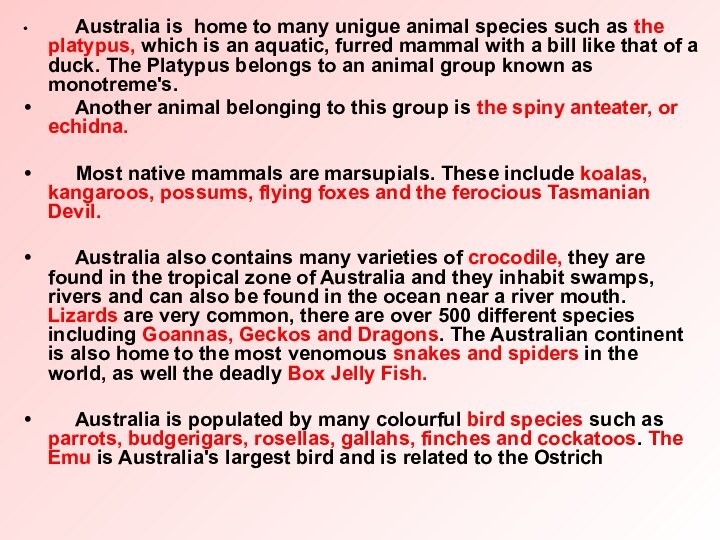
many unigue animal species such as the platypus, which
is an aquatic, furred mammal with a bill like that of a duck. The Platypus belongs to an animal group known as monotreme's.
Another animal belonging to this group is the spiny anteater, or echidna.
Most native mammals are marsupials. These include koalas, kangaroos, possums, flying foxes and the ferocious Tasmanian Devil.
Australia also contains many varieties of crocodile, they are found in the tropical zone of Australia and they inhabit swamps, rivers and can also be found in the ocean near a river mouth. Lizards are very common, there are over 500 different species including Goannas, Geckos and Dragons. The Australian continent is also home to the most venomous snakes and spiders in the world, as well the deadly Box Jelly Fish.
Australia is populated by many colourful bird species such as parrots, budgerigars, rosellas, gallahs, finches and cockatoos. The Emu is Australia's largest bird and is related to the Ostrich
Слайд 9
It is hard to get close enough to
a wild emu, but one sometimes gets lucky...
Слайд 11
This is a bandicoot that just loves pieces
of green apples that fall down after
parrots pick on them.
Слайд 16
Both salt and freshwater crocodiles are found
in the tropics, which comprises an area of the
top third of Australia.
Слайд 17
There are also many interesting and colourful
birds
including Parrots, Cockatoos, and Kookaburras
Слайд 18
. In the evening one can see owls
sitting on trees and on sides of roads, wedge
tail eagles and falcons are also quite frequent. Galahs and black cockatoos are the most common birds, whilst kookaburra is a rare guest.
Слайд 20
Green parrots are rather cheeky and are especially
fond of green apples
Слайд 21
Australia has the most poisonous
snakes on earth,
including
the Venomous Brown, Tiger,
Death Adder, Copperhead
and
red bellied black varieties.
Слайд 22
Sea creatures to
be avoided include some sea snakes, sharks and the
Box Jelly Fish, which are many times more venomous than snakes.
The Box Jelly Fish or Stingers as they are also known are only a threat during the summer season in tropical Australia.
Слайд 23
1,500 species of fish live in the Great
Barrier Reef Marine Park
Слайд 25
Fauna includes spiders such as the Redback
and Funnel Web.
The spider below is dangerous -
the bite of a 'red back' could sometimes be fatal.
The body size of it is about 2 cm (3/4 ") in size.
Слайд 26
A creature is very prickly and has a
lump of fat on its neck.
Слайд 27
These are photos of creatures one can find
in a typical garden.
l
Слайд 28
Australians love their wildlife
Слайд 29
Some food for thought
Since the settlement of Australia
by Europeans in 1788, 30 species of mammals and
birds have become extinct
The last toolache wallaby( a small kangaroo) was seen in 1927
Endangered species
Слайд 31
Millions of koalas lived in the forests of
Eastern and Southern Australia in 1700
Over 1,000,000 Koalas were
killed for their skins in 6 months in 1916
Over 2,000,000 Koala skins were exported from Australia in 1922
600,000 Koalas were killed in Queensland in 1 month in 1927
Koalas became extinct in South Australia
Слайд 32
AUSTRALIAN ZOOS
The Taronga Zoo
Kakadu National Park
The Great
Barrier Reef Marine Park
Activities
-display animals
-protect endangered species
-provide veterinary care
for sick, injured or orphaned animals
-return animals to their natural habitat
-organize school activities
